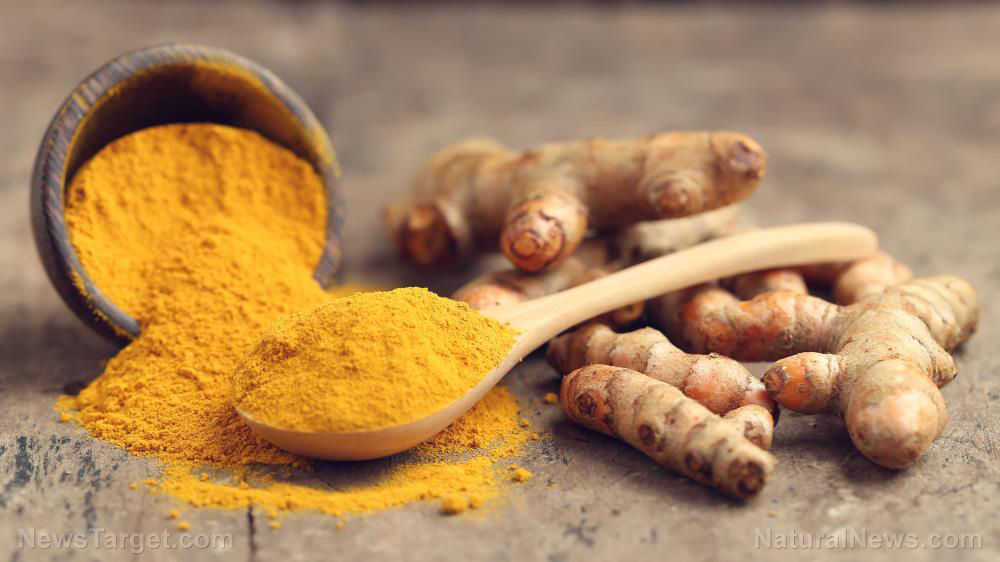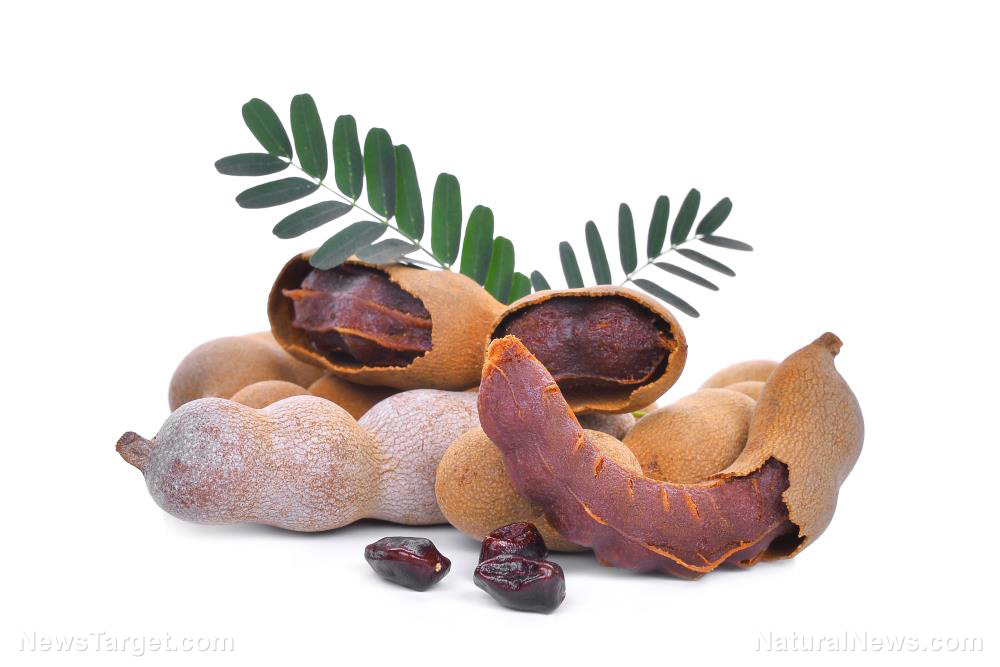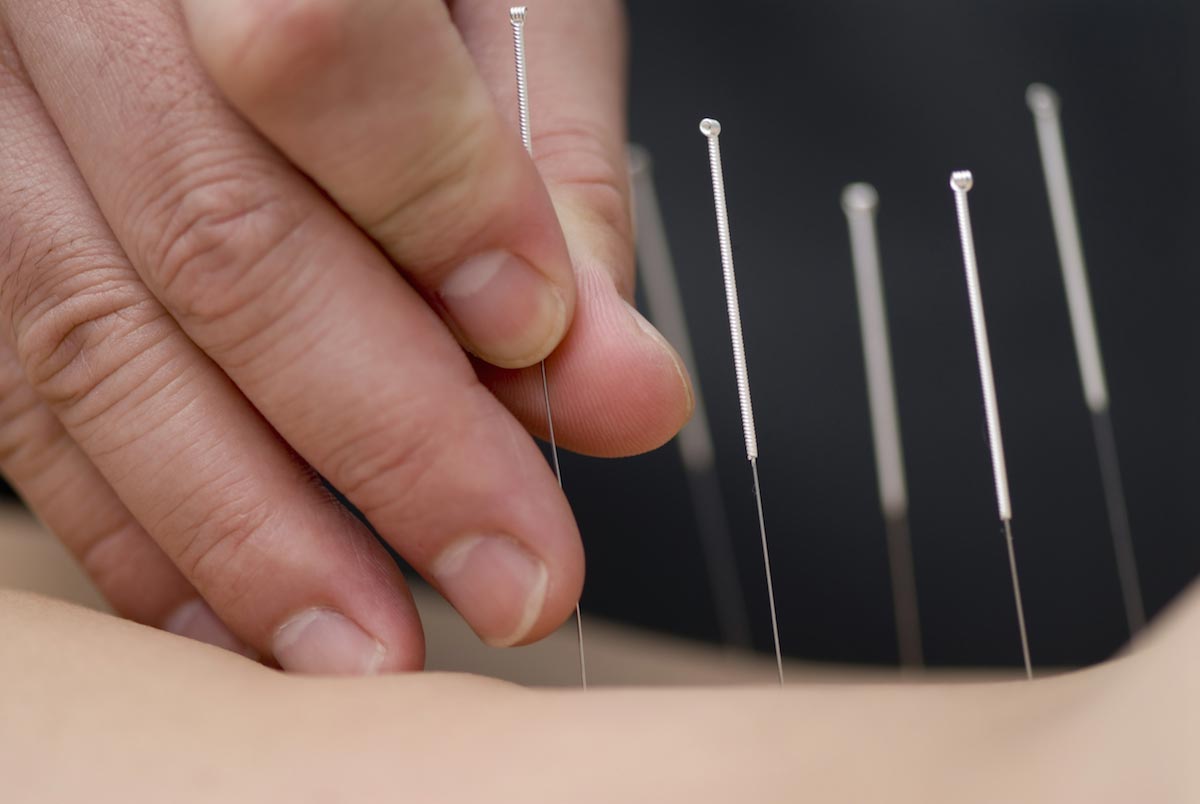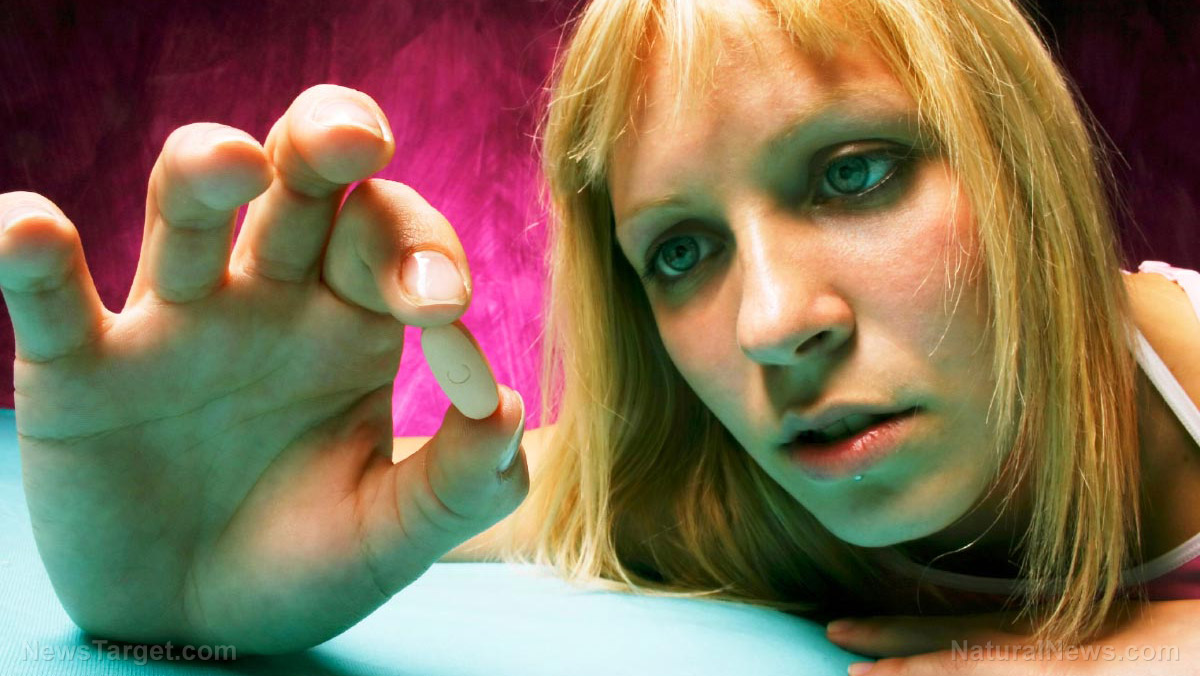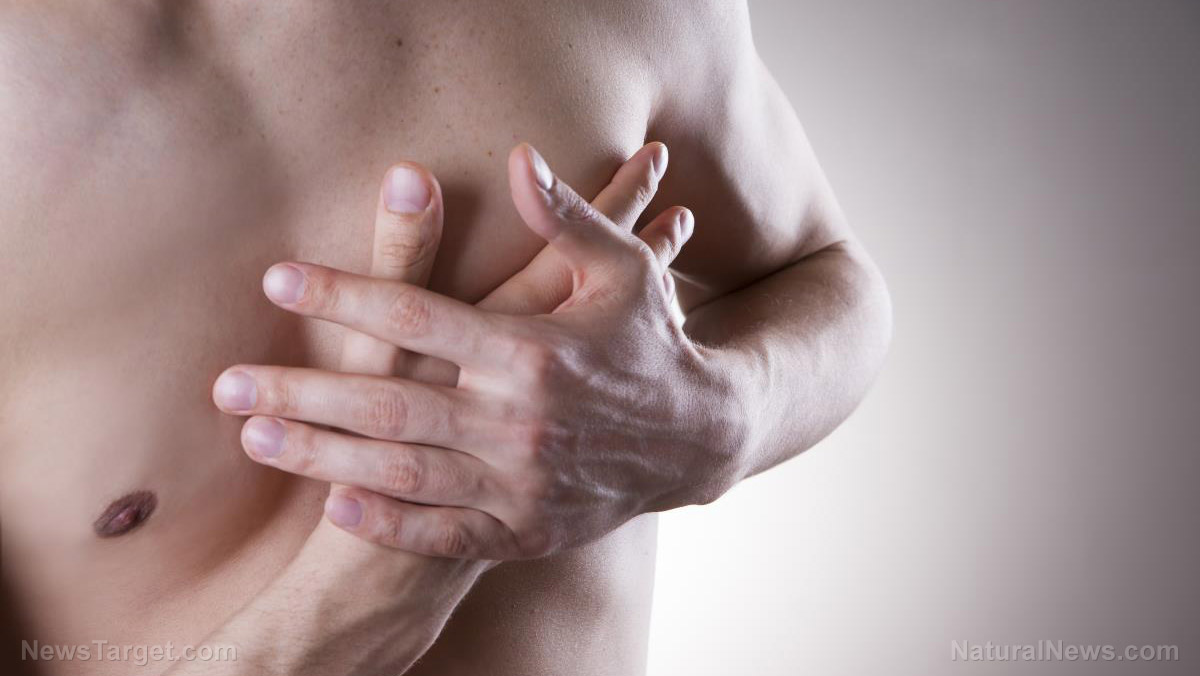Traditional Chinese medicine is a safe, effective alternative for treating psoriasis
07/07/2018 / By RJ Jhonson

It is estimated that two to three percent of the world’s population has psoriasis. Sufferers of the condition can turn to traditional Chinese medicine for relief, says a study published in the journal BMC Complementary and Alternative Medicine.
Psoriasis causes inflammation in the skin and the joints, resulting in pain and discomfort for those who have the condition. It is easy to identify because of its visible signs: red, inflamed, often cracking skin, swollen joints, and pitted nails. It is not life-threatening, but the symptoms can hamper a sufferer from enjoying a good quality of life.
Microbes or chemicals from the environment do not cause the inflammation that characterizes psoriasis. Rather, it is mediated by the sufferer’s own immune system. There is no cure for it, so treatment is limited to providing temporary relief from symptoms. Unfortunately, Western medicine is lacking in drugs that effectively address the condition and are safe for long-term use.
Chinese medicine has had a long history spanning millennia. Among the many health conditions that Chinese doctors have successfully found treatment for was psoriasis. In fact, a traditional formulation called Pulian Ointment is certified by the Beijing Food and Drug Administration for use in Chinese hospitals as a prescribed treatment for blood-heat syndrome.
Blood-heat is one of the three main syndromes that psoriasis is classified under in traditional Chinese medicine, the other two being blood dryness and blood stasis. Patients in the blood-heat category have irregularly patterned eruptions and lesions that appear bright red in color. They usually experience sensations of itchiness. The syndrome’s symptoms are similar to what Western medicine calls guttate psoriasis that occurs after an infection. (Related: Treat Psoriasis with Hypnosis.)
100% organic essential oil sets now available for your home and personal care, including Rosemary, Oregano, Eucalyptus, Tea Tree, Clary Sage and more, all 100% organic and laboratory tested for safety. A multitude of uses, from stress reduction to topical first aid. See the complete listing here, and help support this news site.
To demonstrate the effectiveness of Pulian Ointment for people with blood-heat psoriasis, the researchers conducted a multicenter, randomized, double-blind, placebo-controlled trial. It involved six centers in total: China-Japan Friendship Hospital, Beijing Hospital of Traditional Chinese Medicine (TCM), Dongzhimen Hospital Affiliated to Beijing University of Chinese Medicine, Dongfang Hospital Affiliated to Beijing University of Chinese Medicine, Guang’anmen Hospital and Air Force General Hospital and Chinese People’s Liberation Army (PLA).
The participants in the study were either inpatients or outpatients of the Department of Dermatology. They also had to have been diagnosed with psoriasis vulgaris as defined in Clinical Dermatology (3rd Edition). Blood-heat syndrome was diagnosed using the definition in the Guiding Principles for Clinical Research on New Drug of Traditional Herbal Medicine (1st Edition).
The participants were aged 18 to 65, had lesions occupying less than 30 percent of their body, and were willing to sign the informed consent form. Those who had suffered trauma, were pregnant, taking corticosteroids and immunodepressants, had severe liver, kidney, or heart disease, had a mental disorder, and who had allergic reactions to Chinese medicine were excluded from the study.
All the participants were randomly assigned to one of two groups: placebo and Pulian Ointment. Treatment was given twice daily for four weeks, with a follow-up scheduled for eight weeks after treatment. Results were assessed using Psoriasis Area Severity Index (PASI) scores, the severity of the symptoms and the area of skin lesions, as well as the quality of life at baseline, two weeks, and four weeks into treatment.
The study involved 294 participants in total. A review of the scores indicated improvements in both groups after four weeks, but more so in the Pulian Ointment group as evidenced in PASI scores. Quality of life also improved after treatment, with no significant difference observed between the two groups. However, the placebo group showed a greater relapse rate than the Pulian Ointment group eight weeks after treatment.
The researchers concluded that their findings proved the benefits of Pulian ointment and how well it was tolerated as a form of treatment. They recommended conducting more studies to look into how modifying preparation forms and intervention intensity can provide better therapeutic effects to sufferers.
Learn more about traditional Chinese treatments at ChineseMedicine.news.
Sources include:
Tagged Under: alternative medicine, blood-heat psoriasis, blood-heat syndrome, Chinese medicine, natural cures, natural medicine, psoriasis, psoriasis treatment, psoriasis vulgaris, pulian ointment, traditional medicine


